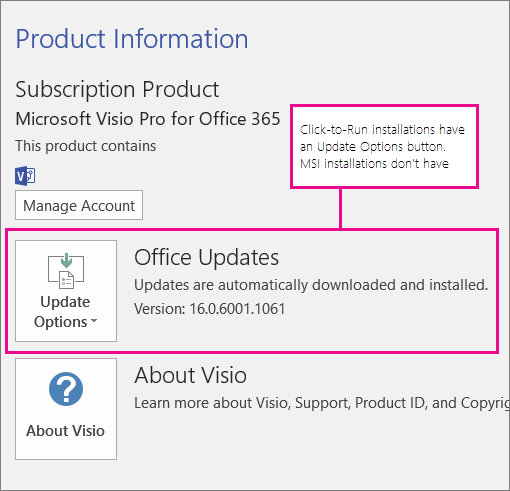Office for Mac 2011 installation frequently asked questions. Content provided by Microsoft. How can I upgrade from an earlier version of Microsoft Office for Mac to Office for Mac 2011? A1: There is no upgrade from Office for Mac 2004 or from Office for Mac 2008 to Office. What Office for Mac 2011 products are available for.
We need to re-install Office 2011 Mac after Office 2016 for mac installation completed. For your second question, we could copy the custom templates from Office 2011 to Office 2016 with this path: Office 2011: ~/Library/Application Support/Microsoft/Office/User Templates/ Office 2016:~ Library Group Containers UBF8T346G9.Office User Content Templates Then, If you installed Office 2016 for Mac to run side-by-side with Office for Mac 2011, any custom dictionaries that you added and enabled in Office for Mac 2011 will be automatically copied to Office 2016 for Mac. If Office finds previously created custom dictionaries in any location other than the default dictionary location, you may be prompted for additional permissions to grant access to the files. If you see this message, simply select the file or files and click Select to grant access to custom dictionaries. PS: Please ask one question on one thread next time, it'll help others easily/quickly find the similar thread. Regards, George Zhao TechNet Community Support Please remember to mark the replies as answers if they help, and unmark the answers if they provide no help. If you have feedback for TechNet Support, contact tnmff@microsoft.com.
If you work for a large company, be sure to check your benefits, many that have licenses also offer the Home Use Program through which you can get Office for $10. I use 2016, and after a slightly buggy install process, have had no complaints. There were some issues with the application icons displaying properly immediately after install, but some trivial fix took care of it. It's not a whole lot different for my uses. I chiefly use Word and Excel. Frankly, both were are pretty sophisticated and mature as they were. Aside from universal things like stability, it's hard to imagine what new features could be added to make them much better.

(Version 15.35 was released in June; since then, Microsoft has issued 15.36 in July and 15.37 in August.) 'In some cases, you may not be able to launch the Office apps [of version 15.34 under High Sierra],' Microsoft said. Apple is expected to release High Sierra to customers in September.
Third, the subscription system is supposed to get you any full upgrades (e.g., 2013 to 2015), while the disk based 2013 is it; you'll have to buy 2015 fresh, if there even is such a thing by then. So you can see the push is towards subscriptions by making them a much better deal, at least price-wise. On the other hand, I was surprised to find that the 2013 installation didn't delete the 2010 installation. And in comparing the two, the 2010 interface is more pleasant to work with, and if you don't need or trust the Cloud, the big new feature in 2013 is the ability to open and edit pdf files. Some quick tests of that suggest that on simple pdf's, the feature works pretty well, but add a bunch of graphics and/or complex text flow, and it's the difference between uncooked and cooked spaghetti.
If it is at another location on your computer, move it to the Applications folder on your startup volume, and then try installing the update again. • Restart your computer and try installing the update again. • Make sure that the user account you use to authenticate the update installer is an administrator account. For more information about administrator accounts, see Mac Help.
I use 2016, and after a slightly buggy install process, have had no complaints. There were some issues with the application icons displaying properly immediately after install, but some trivial fix took care of it. It's not a whole lot different for my uses. I chiefly use Word and Excel. Frankly, both were are pretty sophisticated and mature as they were.